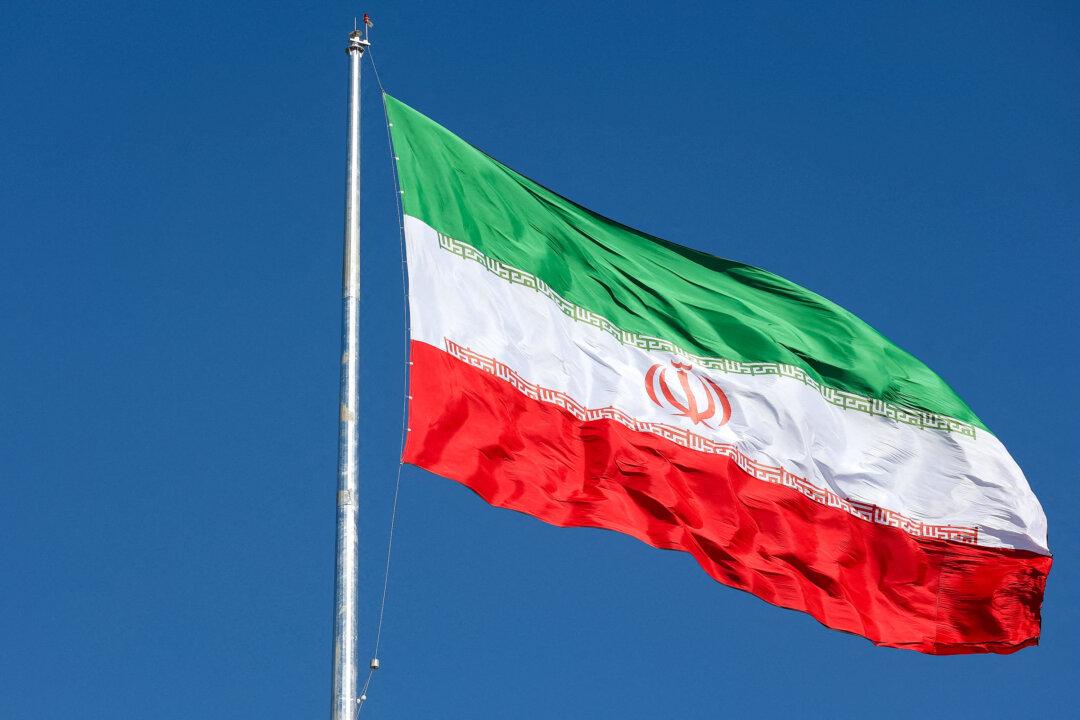An Iranian woman has been left unable to walk after police opened fire on her vehicle over a hijab violation, activists in the Islamic Republic have claimed.
Police had been ordered to impound Arezou Badri’s vehicle for showing her hair in public while driving, according to the group Human Rights Activists in Iran (HRA-Iran).
Badri, a 31-year-old mother of two, has been left unable to walk following the incident and is now confined to a bed in a police hospital.
The shooting occurred around 11 p.m. on July 22 along a coastal road in Iran’s northern Mazandaran province as she and her sister drove home from a friend’s house, activists say.
Iran’s state-run IRNA news agency published a brief account of the incident, quoting police Col. Ahmad Amini as saying patrol officers had ordered a vehicle with tinted windows to stop, but it failed to do so.
The state media outlet made no mention of any hijab violations or other similar allegations.
Police appear to have initially shot at Badri’s tires, according to HRA-Iran, which spoke to people with knowledge of the shooting.
When Badri failed to stop, the officers fired into the vehicle, with bullets piercing her lung and damaging her spine.
Iranian law stipulates that police must fire a warning shot, then aim to wound below the waist before potentially fatal shots to the suspect’s head or chest are attempted.
If the suspect is driving, tires are typically the first target for officers.
The reason police stopped Badri’s car remains unclear, although activists blame it on the impound alert over her hijab violation.
It’s also unknown whether any police vehicle at the scene had a camera that recorded the shooting or if any officer present wore a body-cam.
Authorities are still holding Badri at a police hospital in Tehran under tight security, restricting family visits and stopping them from taking photographs, activists say.
They claim Badri has no sensation from the waist down, and it will not be clear whether or not she is completely paralyzed for some months.
Iran’s Interior Ministry, which oversees the country’s police, has not yet commented on the incident, according to the Associated Press.
Focal Point For Protest
The hijab became a focal point of demonstrations after the death of Masah Amini in 2022, who died after being arrested for not properly wearing her headscarf.A U.N. panel found that Amini died as a result of “physical violence” used against her by the state.
Her death sparked months of protests and a security crackdown which lead to the deaths of more than 500 people and the detention of more than 22,000.

After the mass demonstrations, police dialed down enforcement of hijab laws, but it ramped up again in April under what authorities called the Noor—or “Light”—Plan.
Women driving without hijabs are believed to be tracked via surveillance camera technology provided by firms based in China, matching their faces against a government photo database, according to Hadi Ghaemi, executive director of the New York-based Center for Human Rights in Iran.
Discussing this most recent event, Ghaemi said: “They have elevated it to the most serious crime, where the police is allowed basically to shoot to kill. That’s really a war on women.”
“This incident highlights the urgency of abolishing veiling laws & tackling Iran’s impunity crisis.”







